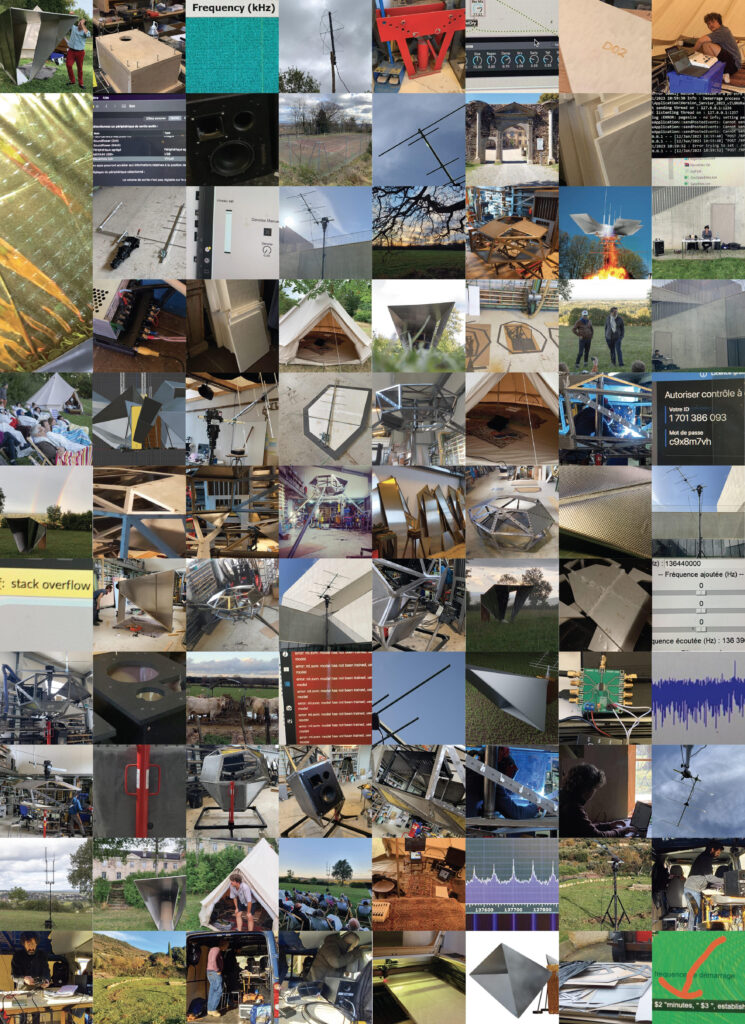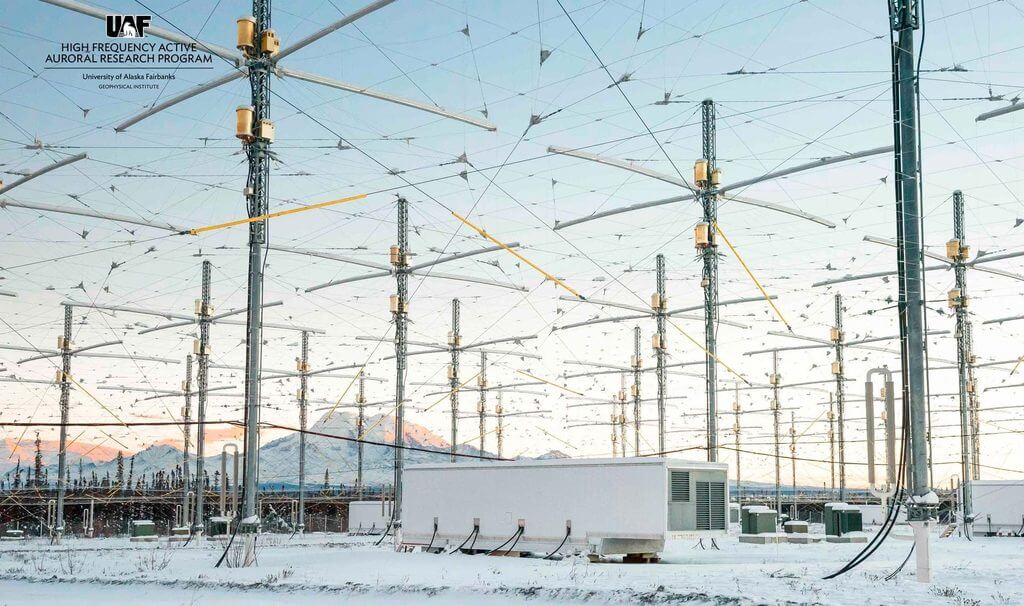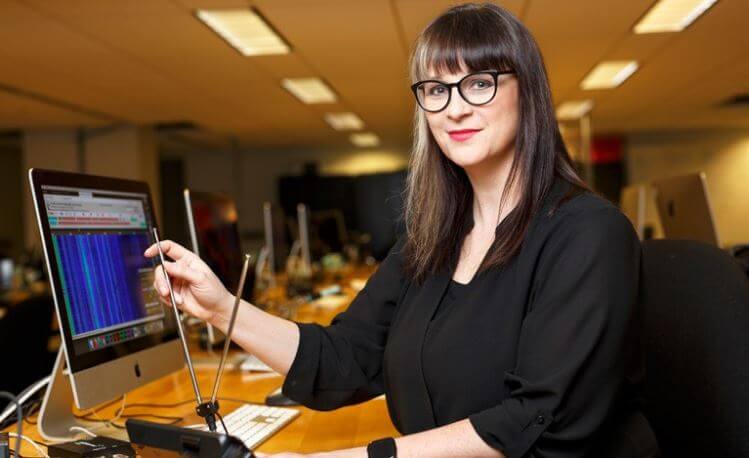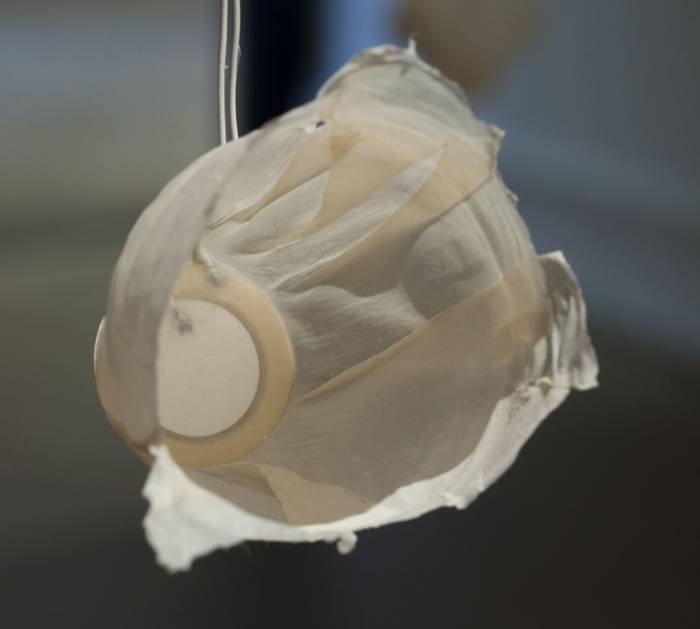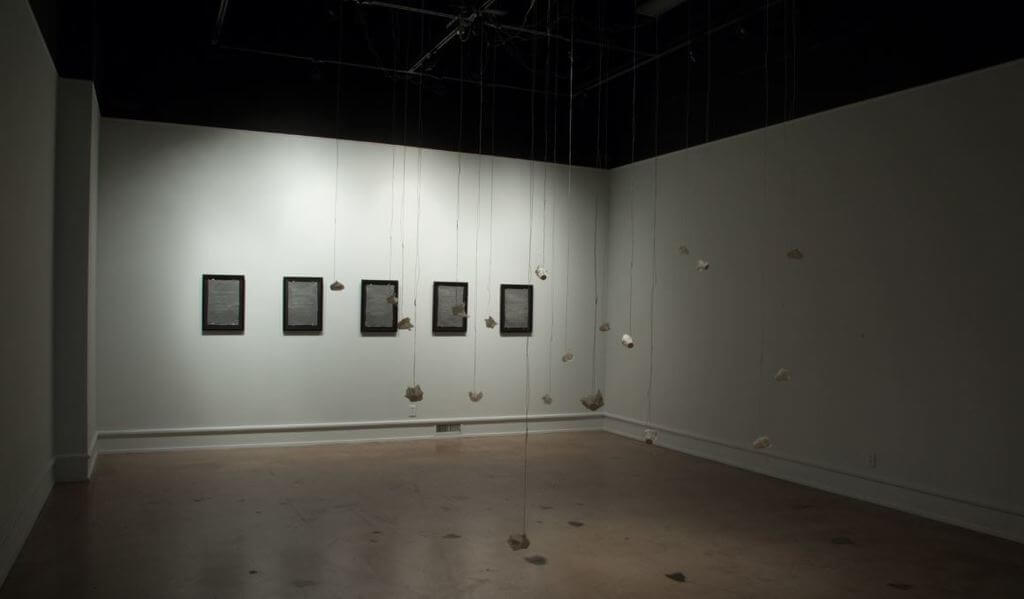Hystérésia: An Art Installation that Listens to Zombie Satellites
Thank you to Stéfane Perraud, Aram Kebabdjian and team for submitting news that they have recently launched an art project in Lausanne, Switzerland called "Hystérésia". The installation is technical art, which consists of an autonomous satellite receiving station designed to receive beacons from old "zombie" satellites, and then broadcast their signals audibly. A description of the ground station can be seen here.
Zombie or Dead satellites are satellites that are officially decommissioned and powered down, but have unintentionally reactivated. This often happens as over time the batteries on these satellites can undertake a chemical reaction from thousands of solar recharge cycles which eventually results in a short circuit. Hence the satellites reactivate when in sunlight. If you are interested we have an old post on this phenomena back from 2014.
The system is based on an antenna rotator with two Yagi's that tracks the zombie satellites as they pass over the sky. A QFH antenna has also been spotted in their images. Based on the waterfall images, an SDRplay RSP is used as the receiver, and some computing device is used to demodulate the signal into audio. Stefan adds:
Technically we are using a double yagi 137 and 145 plus a 777 antenna from diamond to catch 200 mHz
We developed a python based software that’s controlling a sdr software based on gnu radio.
We update TLE everyday, our azimuth and élévation rotor follow the satellites and we catch the signal with a sdr uno, plus a switch that choose antenna with the good satellite.
The machine is monitored by a bench of sensors , wind, humidity, temp. It can be control by internet via the website
The machine search for peaks around the chosen frequency,
Also the sound is processed by max/msp, we denoise it and we make music out of itThe 3 metallics pavillons blows the sound noise to the audience
Each time a satellite shows up, the machine sends a story told by one of our recording, a woman actors voice , it tells a specific history that’s tells a narrative about the satellite that’s on air … but in French
If you are unable to visit the installation in person, it appears that their website also broadcasts the last received satellite's sound. The website also shows photos of the history of the zombie satellites.
If you're interested in other art based on satellites and software defined radios, have a look at our previous post on the open weather project, and the "signs of life" project. Another SDR art project was 'Holypager', an art installation that continuously prints out pager messages received by a HackRF, and "ghosts in the air glow" project which used the HAARP antenna array to broadcast an art project.
